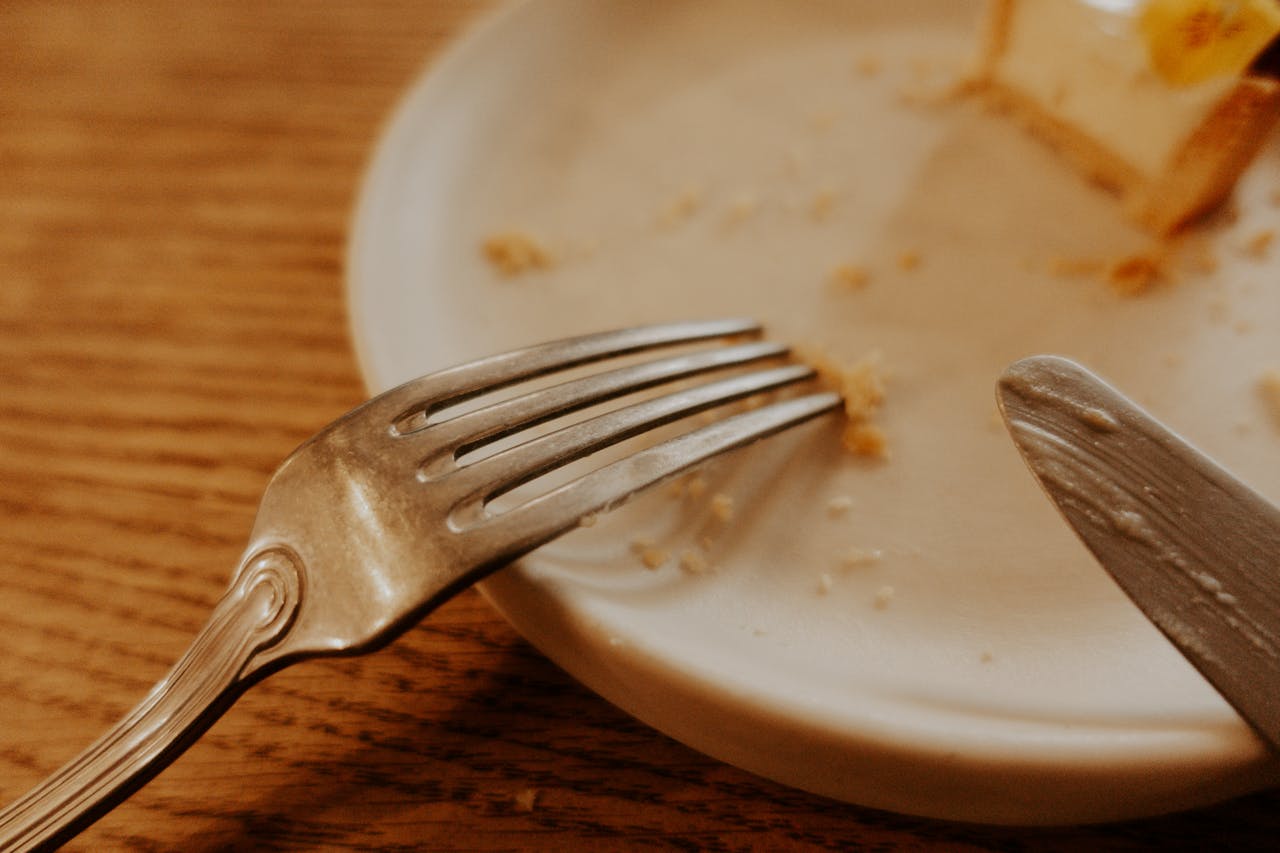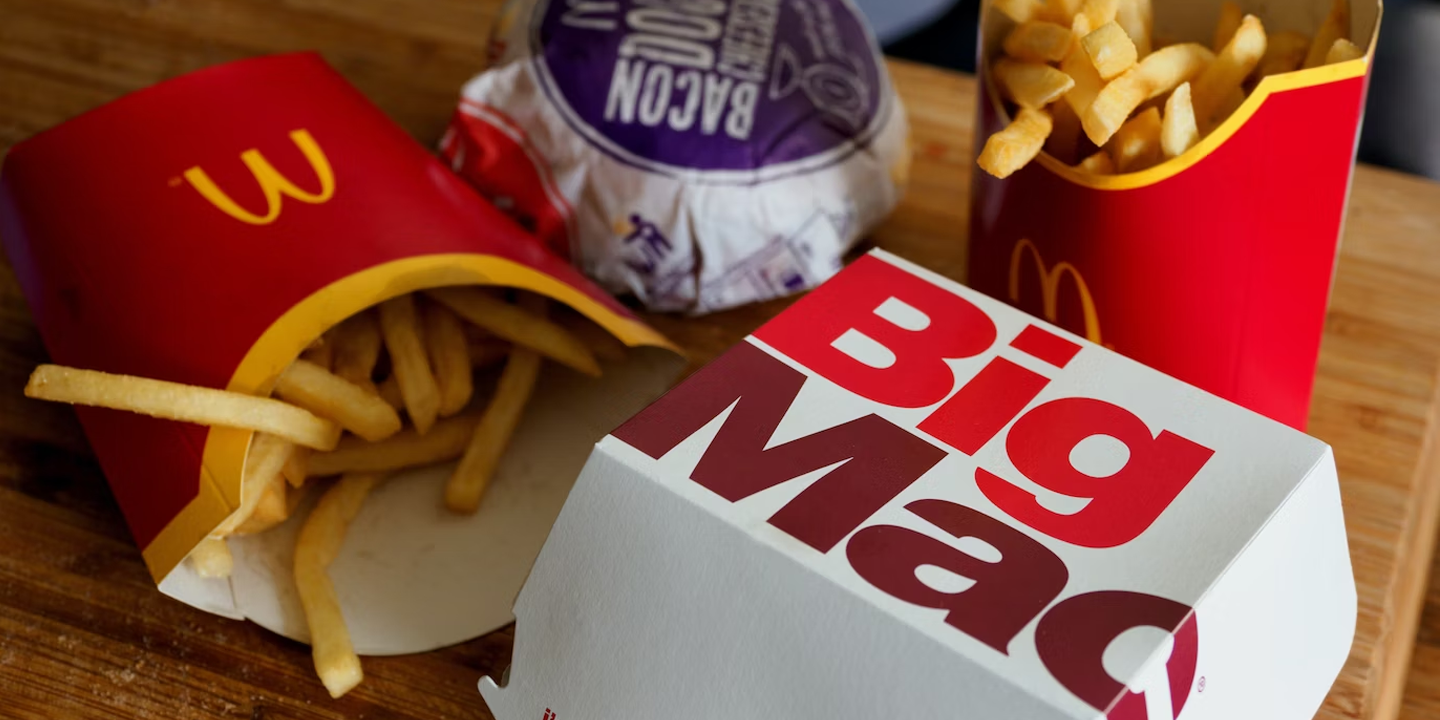To Go In or Not to Go In
There’s nothing quite like a night out. Whether it’s popping into your favorite diner or trying a hoity-toity restaurant, it’s important to know the signs of a shoddy spot. From giant menus to strange smells, here are 20 red flags to watch out for.
 Photo by Rachel Claire on Pexels
Photo by Rachel Claire on Pexels
1. Sticky Menus
On paper, it sounds good to laminate menu pages—the film protects them from any spills and they’re easily wiped down at closing time. The key point here is to actually wipe them down. Greasy or sticky menus should set off alarm bells in your head (and have you reaching for hand sanitizer).
 Photo by Humphrey Muleba on Pexels
Photo by Humphrey Muleba on Pexels
2. It’s a Ghost Town
A good way to spot beloved restaurants is through clientele. If a place has no patrons, chances are you’re stuck in a bad spot. Diners and five-star restaurants alike attract droves of customers, so being without them is a huge red flag.
 Photo by Nils Stahl on Unsplash
Photo by Nils Stahl on Unsplash
3. Poor Service
People often equate bad service with rude waitstaff, and while that’s certainly part of it, keep your eyes peeled for other signs. Telltale behaviors include anything from trying to upsell you to ignoring you while they chat with other staff. It also isn’t great if they only show interest when it’s time to pay.
 Photo by Kampus Production on Pexels
Photo by Kampus Production on Pexels
4. Dirty Dining Areas
Dirty menus are one thing, but they’re also the tip of the iceberg. Keep an eye out for dirty utensils, sticky tabletops, or lipstick-stained glasses. Basic cleanliness not only ensures everyone’s safety, it also shows a place actually cares.
 Photo by Ketut Subiyanto on Pexels
Photo by Ketut Subiyanto on Pexels
5. Noticeable Pests
We all take our chances on a patio—insects want in on the action and it comes with the territory to swat them away. However, flies buzzing around indoors isn’t a good sign. Most good restaurants keep their doors shut, even in the summer, to prevent winged customers.
 Photo by Aditya Shetty on Unsplash
Photo by Aditya Shetty on Unsplash
6. Huge Menus
We learned a lot from Kitchen Nightmares, least of all a valuable lesson about menu size. Restaurants with eight-page menus are trying to tackle too much. What this means for you is longer wait times, confusing themes, and a greater likelihood of poor food.
 Photo by Bruno Cervera on Pexels
Photo by Bruno Cervera on Pexels
7. Filthy Washrooms
We like to park our behinds on a clean toilet, regardless of location. It’s okay to walk out if you see filthy or unkempt bathrooms. Standing on a sticky bathroom floor, you can’t help but wonder what else will disappoint.
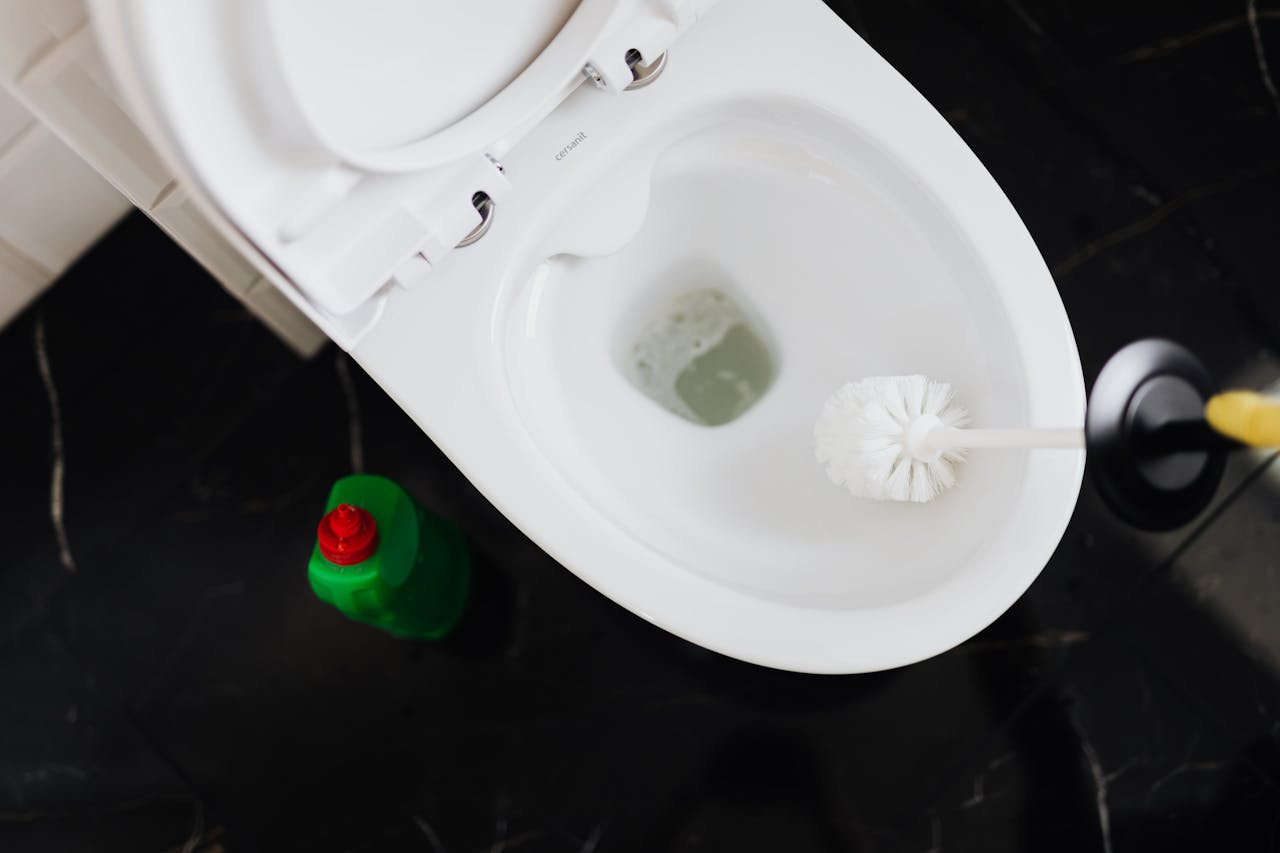 Photo by Karolina Kaboompics on Pexels
Photo by Karolina Kaboompics on Pexels
8. Goofy Food Names
Some successful restaurants thrive with pun menu names—if that’s their brand. Usually, though, it’s a red flag. Children may not mind the goofy names but most adults aren’t thrilled with the immaturity.
 Photo by cottonbro studio on Pexels
Photo by cottonbro studio on Pexels
9. Too Many Themes
The best places have a central theme. For example, you won’t see a Chinese restaurant double as a pizzeria (at least, you shouldn’t). It’s rare to see restaurants dabble in multiple themes and actually succeed, so avoid those with a hodgepodge of menu items.
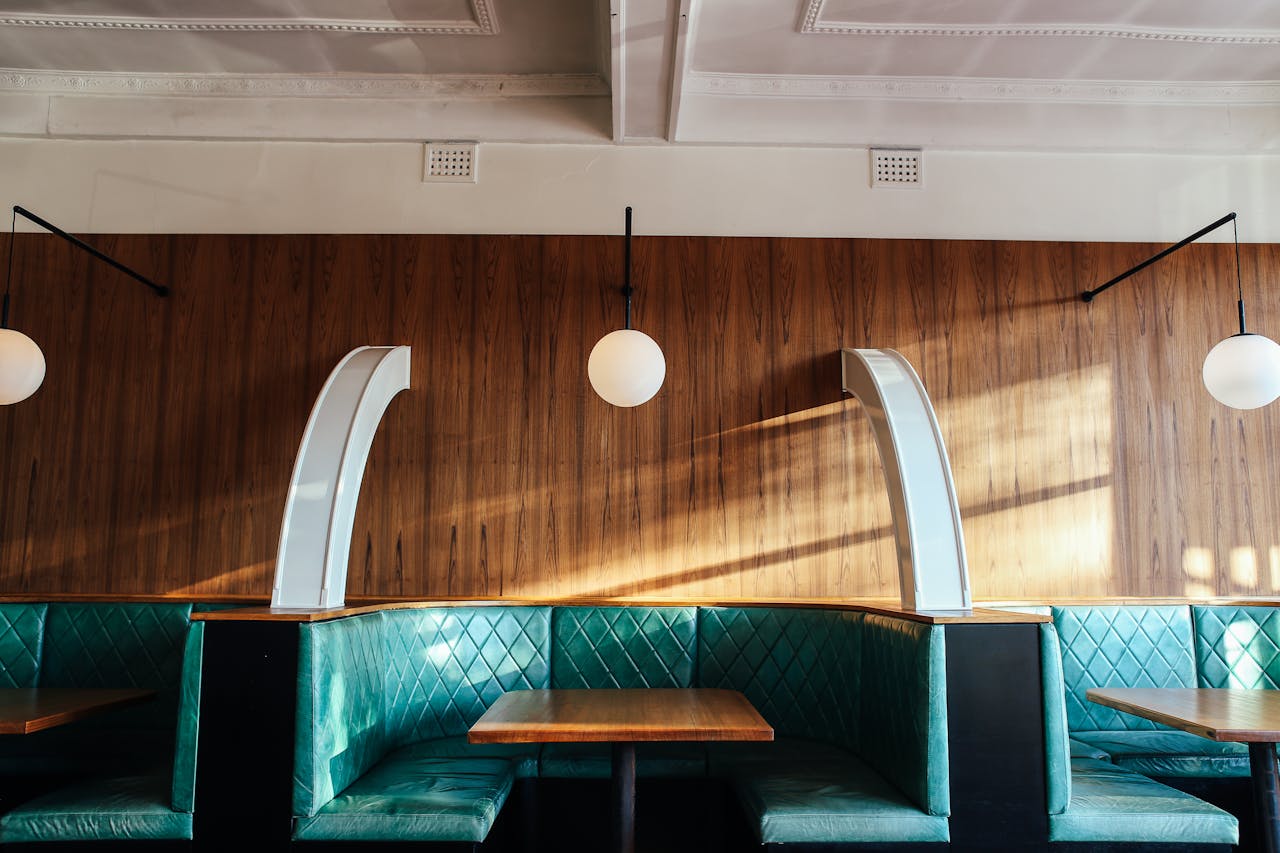 Photo by Rachel Claire on Pexels
Photo by Rachel Claire on Pexels
10. Squabbling Staff
No paying customer wants to hear staff at each other’s throats. Bickering chefs or straight-up shouting matches drive away any interested patron, as well it should. If you catch yourself playing referee, don’t revisit.
 Photo by Streetwindy on Pexels
Photo by Streetwindy on Pexels
11. Weird Smells
When you walk into a restaurant, what do you expect to smell? Fresh food, right? Maybe the comforting scent of bacon grease if you’re in a diner. No one wants to smell trash or lingering odors from the bathroom. If that’s the first thing that hits your nose, run.
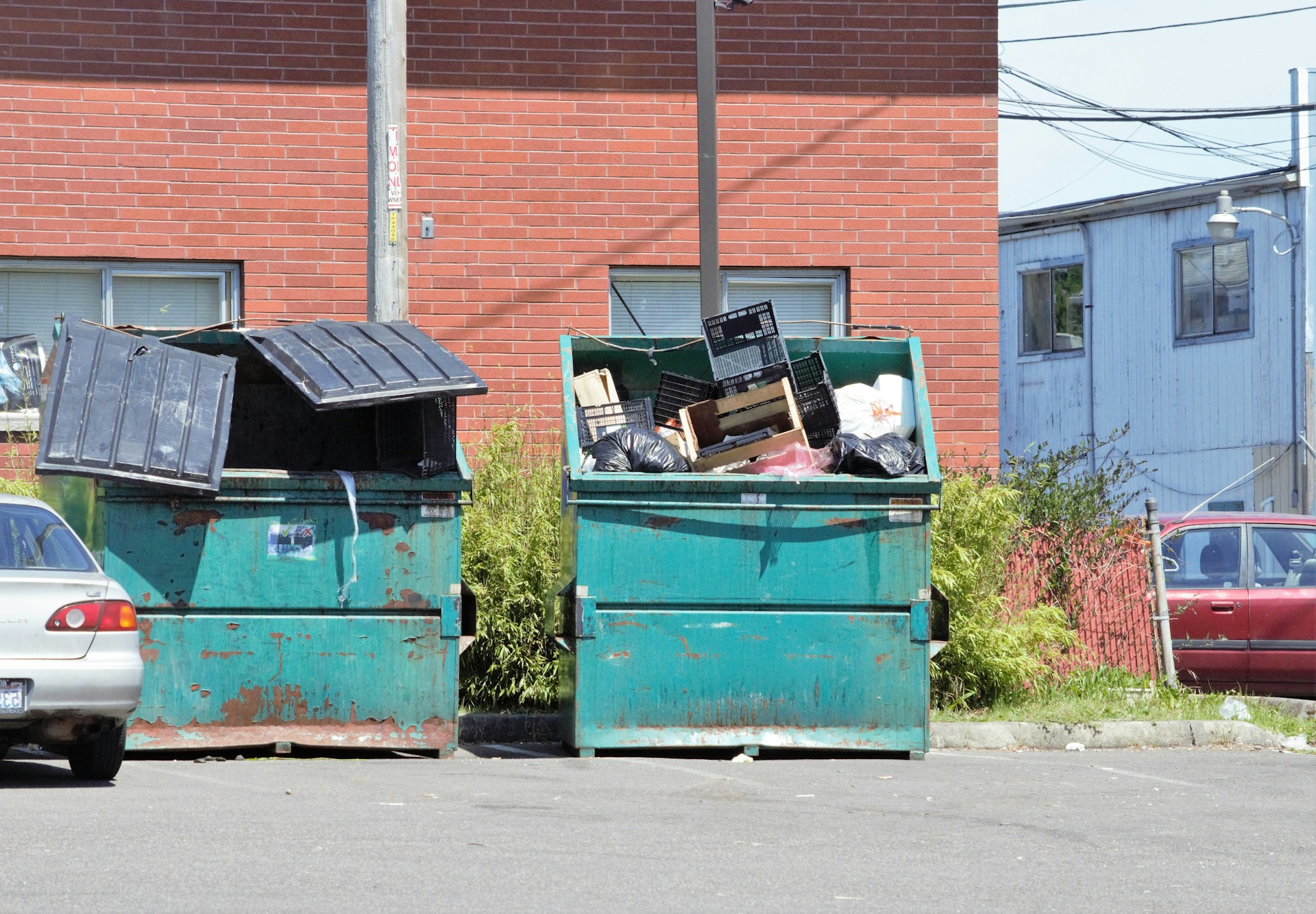 Photo by Jennifer Uppendahl on Unsplash
Photo by Jennifer Uppendahl on Unsplash
12. Specific Crowds
There’s a difference between loyal customers and red-flag clientele. Restaurants littered with influencers or retirees likely focus on the wrong thing. Influencers tend to exchange publicity for “good reviews,” even if the place is bad, and a much older crowd usually means bland food.
 Photo by Pressmaster on Pexels
Photo by Pressmaster on Pexels
13. Crusty Shakers
Salt and pepper shakers deserve as much attention as the menus. Crusted shakers are often a sign of poor cleanliness. In fact, studies have shown that dirty restaurant shakers contain all kinds of bacteria.
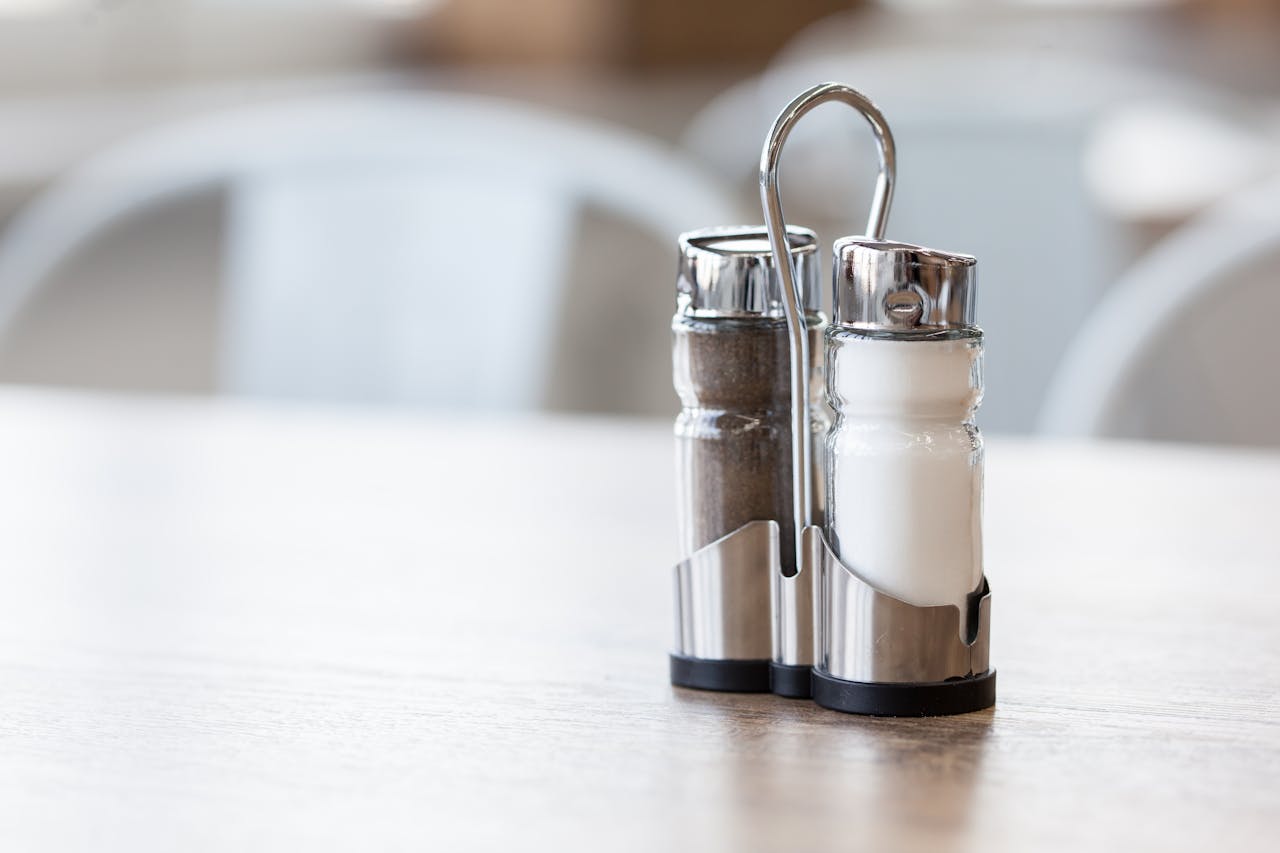 Photo by Julia Filirovska on Pexels
Photo by Julia Filirovska on Pexels
14. Menu Photos
Fast food joints everywhere are guilty of this, and we all know how misleading that Big Mac photo is. That’s exactly why photos on the menu are a bad idea (and a bad sign). Not only are they often awful quality, but they can be downright deceptive at times.
 Photo by Andrea Piacquadio on Pexels
Photo by Andrea Piacquadio on Pexels
15. Long Wait Times
It’s never a good sign when food comes out at a snail’s pace. Mozzarella sticks don’t take 40 minutes and long wait times usually signal inefficient kitchens. It also ruins the dining experience to wait an hour for lasagna.
 Photo by Artem Beliaikin on Unsplash
Photo by Artem Beliaikin on Unsplash
16. Poor Food Quality
Cold chicken and limp salads hardly scream “fine dining.” When we pay for food, it stands to reason that we expect something we can’t make at home (or are at least too lazy to make). No one wants to drop hard-earned cash on a subpar meal, and the best restaurants know that.
 Photo by Nicolas Postiglioni on Pexels
Photo by Nicolas Postiglioni on Pexels
17. No Recommendations
It’s common to ask, “What do you recommend?” It’s not common for waitstaff to have no answer. It’s a clear-cut sign when employees can’t suggest any dishes. It’s also a good time to go to another restaurant.
 Photo by RDNE Stock project on Pexels
Photo by RDNE Stock project on Pexels
18. Constant Mistakes
Mistakes make us human. So does empathy. It’s one thing to forgive busy servers, but constant errors are a red flag. Persistent mistakes usually show that the waitstaff doesn’t care about your experience.
 Photo by Andrea Piacquadio on Pexels
Photo by Andrea Piacquadio on Pexels
19. Decrepit Building
Not every restaurant owner can up and move their business, but trusted holes in the wall are much different than crumbling places. Tattered outdoor signs, peeling paint, and out-of-service bathrooms are all indicators of a bad spot.
 Photo by Brett Sayles on Pexels
Photo by Brett Sayles on Pexels
20. Lackluster Specials
Specials are reserved for shining star dishes—”Mama’s peanut butter and jelly” is hardly worthy of the title. Specials without pizazz or meals you can (and have) make at home don’t really warrant a night out.
KEEP ON READING

20 Discontinued Snacks All Millennials Will Remember



